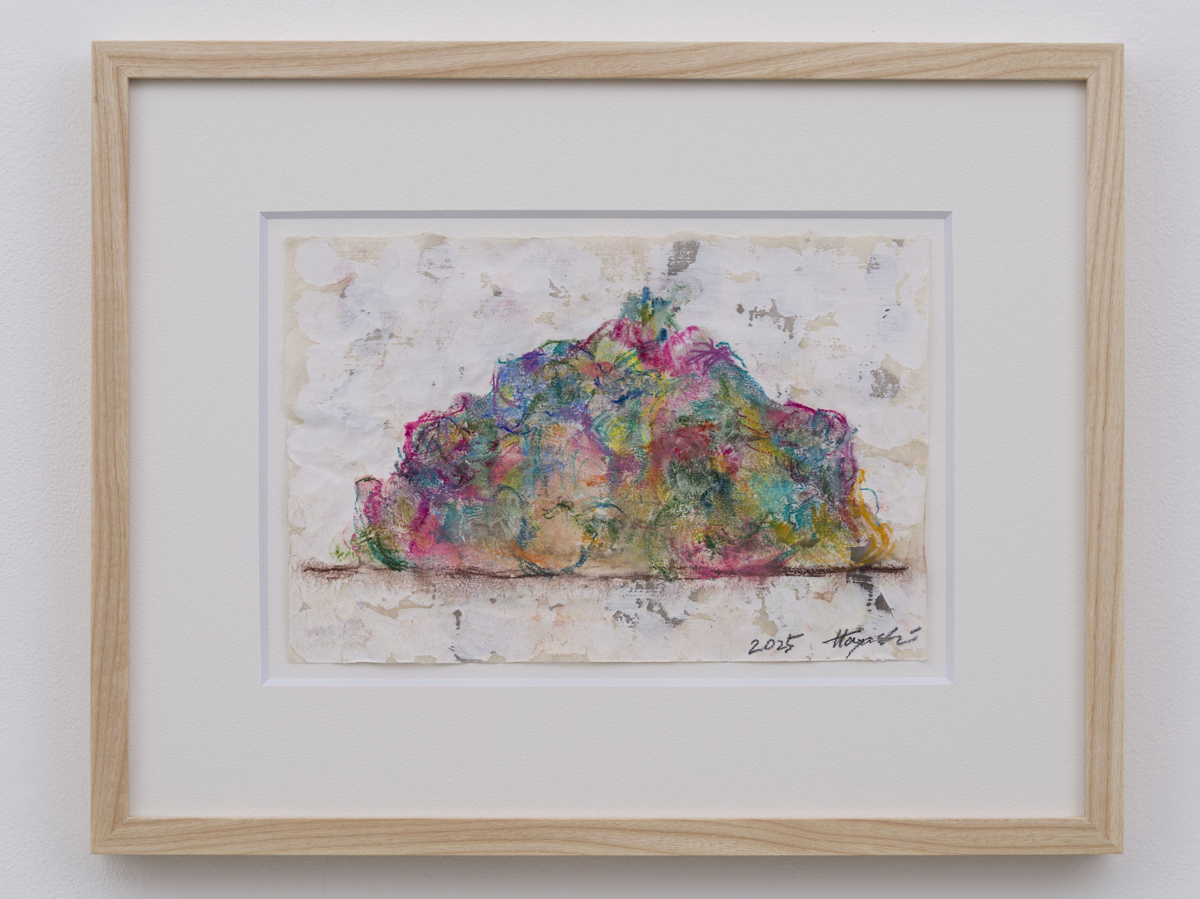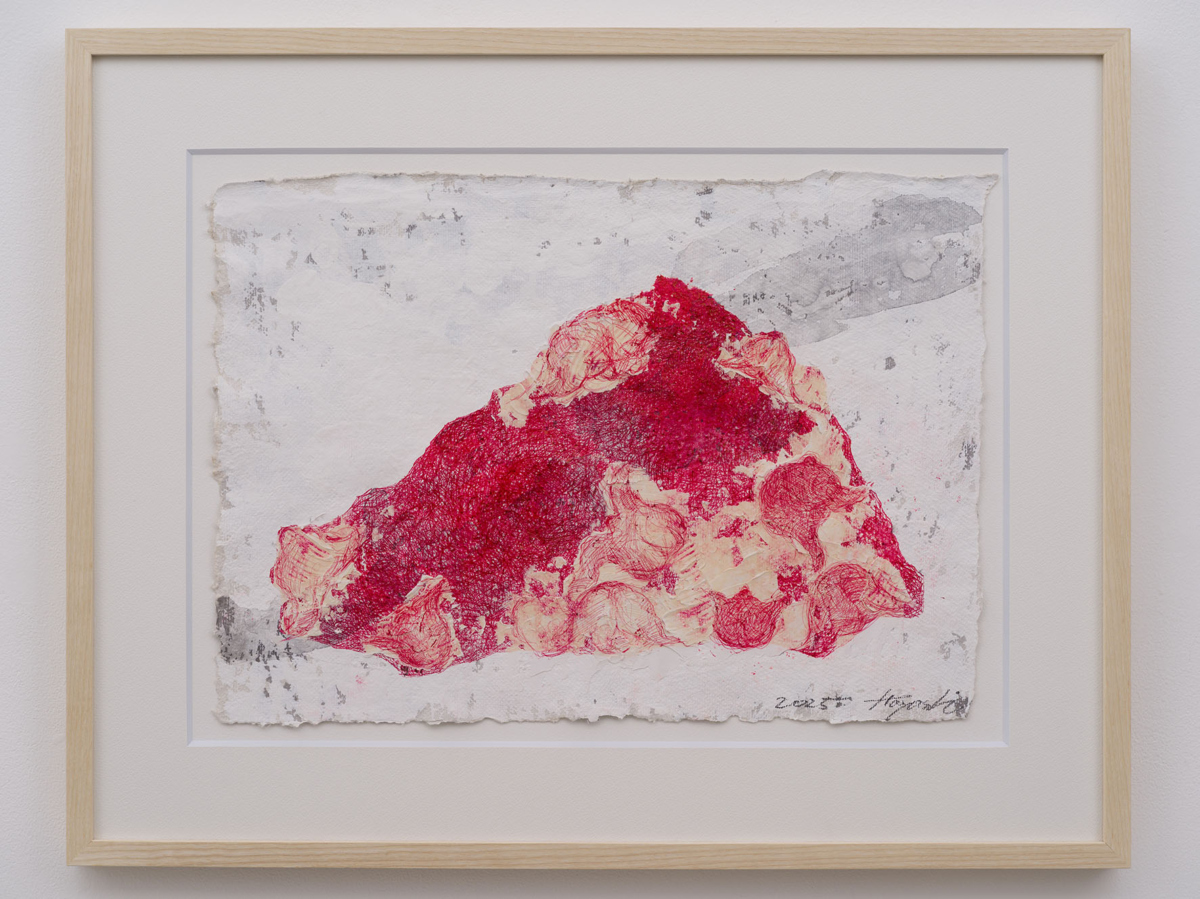Tokyo Gallery + BTAP is pleased to announce “Straddling the Rain,” an exhibition by Takeshi Hayashi opening Saturday, May 24. This is Hayashi’s sixth exhibition at the gallery, the first having been held in 1995.
Takeshi Hayashi was born in Gifu Prefecture in 1956. After completing his graduate studies at the Tokyo University of the Arts, he stayed in Paris as a Ministry of Education, Culture, Sports, Science, and Technology (MEXT) overseas research fellow from 1998 to 1999. He received the Mainichi Newspaper Fine Arts Prize at the 22nd Contemporary Japanese Sculpture Exhibition in 2007 and the Enku Award at the 6th Enku Grand Award Exhibition for Daichito Kyomei – Sozono Genfukei (Earth and Resonance – the Root of Creation) in 2012. In 2024, he retired as a professor in the Department of Sculpture at the Tokyo University of the Arts, where he had worked for many years. Today, he continues to work from his studio in the town of Shirakawa, Gifu Prefecture.
Takeshi Hayashi’s works possess a great appeal in terms of the context and degree of perfection that pervades the history of his artistic output. His representative works include Hakarukoto (1997, Tokyo Gallery + BTAP), an installation integrated into a white cube space; Mizuta - Minamiarima (2004, Minamiarima, Nagasaki Prefecture), which combines soil with stone; Ishima (2006, Tokyo Gallery + BTAP), created as a work that one can climb; and Ishi no Kotoba (2014, Tokyo Gallery + BTAP), a work modeled after a furosaki two-panel folding screen used in tea ceremonies. By incorporating nature and history into his work in this way, Hayashi repeatedly deviates from sculpture while expanding the artistic possibilities of stone.
One of the distinctive characteristics of Hayashi’s sculptures lies in how they create abstract spaces through the placement of multiple stones. The works in this exhibition will divide the space of the gallery with works that define boundaries and allude to the sense of dynamism hidden within the sculpture.
A reception with the artist will be held on Saturday, May 24, from 4pm. We look forward to seeing you there.
Comments from the artist
The theme of this exhibition is rain.
I have been interested in the sense of time associated with rain since I was a child. If it rained during the day, I couldn’t play outside, and if it does so now, it makes it difficult for me to make my work. I like that stretch of time where I can watch the rain in a kind of daze, however. I can’t remember what I was thinking at the time, but for some reason, I have a vivid recollection of the setting and other details of several of those situations. Rain also gives me a different impression when it drizzles and when it pours. Whatever kind of rain it is, it is always interesting to me.
Rain creates an ethereal space-time. It also gives rise to mysterious phenomena.
The motif of Rain Forest is based on the aquatic plant known as the water chestnut. When I first encountered it in Taiwan, I was more interested in its form than its taste. As I looked at these piles of water chestnuts, I was reminded
of tetrapods, and my imagination was stimulated by the thought of human crotches intertwined with each other. As I went about making this work, this heaped-up state started to resemble a game of shogi-kuzushi (where players take turns to remove shogi chess pieces from a pile on the board), which made the process rather interesting.
The reason I placed these water chestnuts on a trolley was because I wanted to allude to a mobile state. There is a consciousness here of a certain wobbling and wavering, without a fixed position. Can afterimages resembling moving images that cannot move easily be perceived in a stone sculpture? I hope to create a space-time in which people can spend a little time looking at the work without paying too much attention to it, and ponder a variety of mysterious, enigmatic things.
WORKS
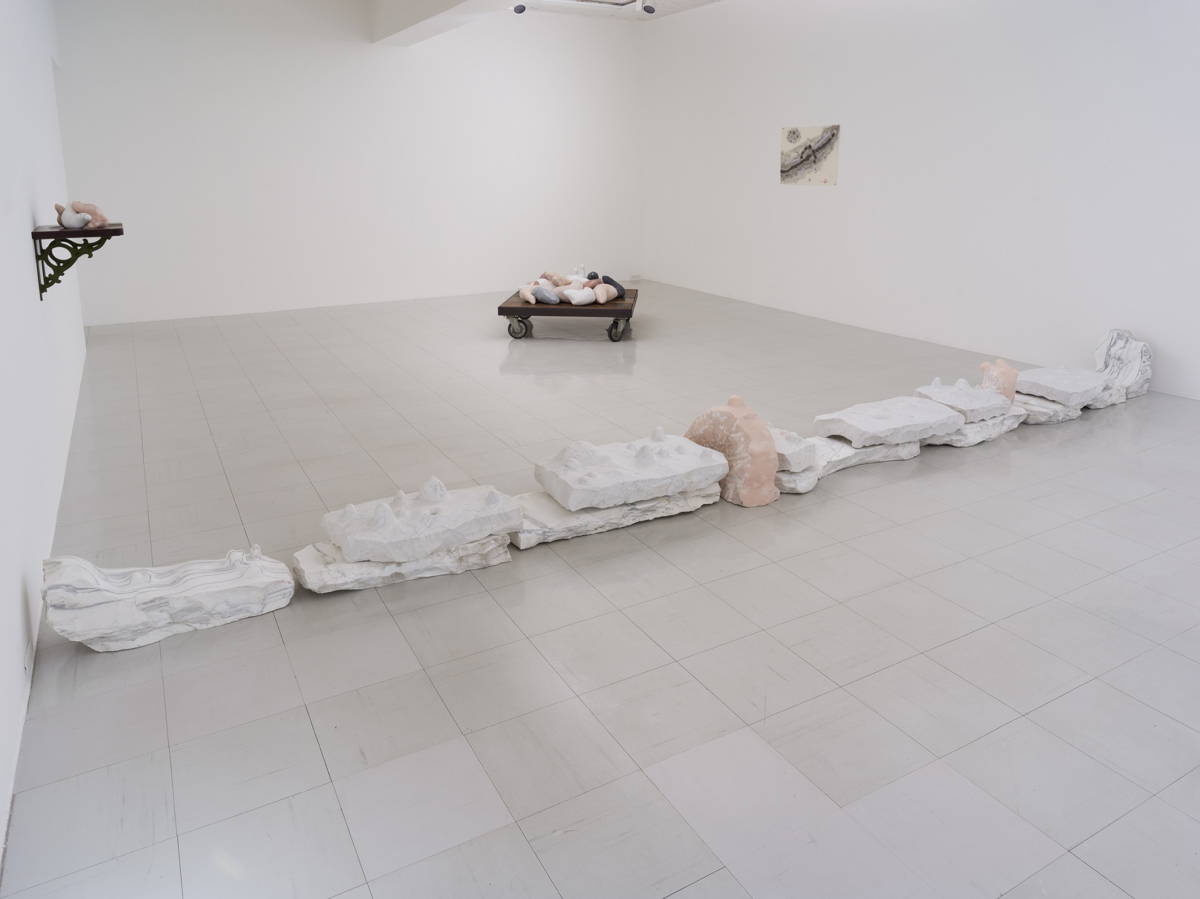
- Title
- Straddling the Rain
- Year
- 2025
- Material
- Marble
- Size
- 38 × 536 × 48 cm
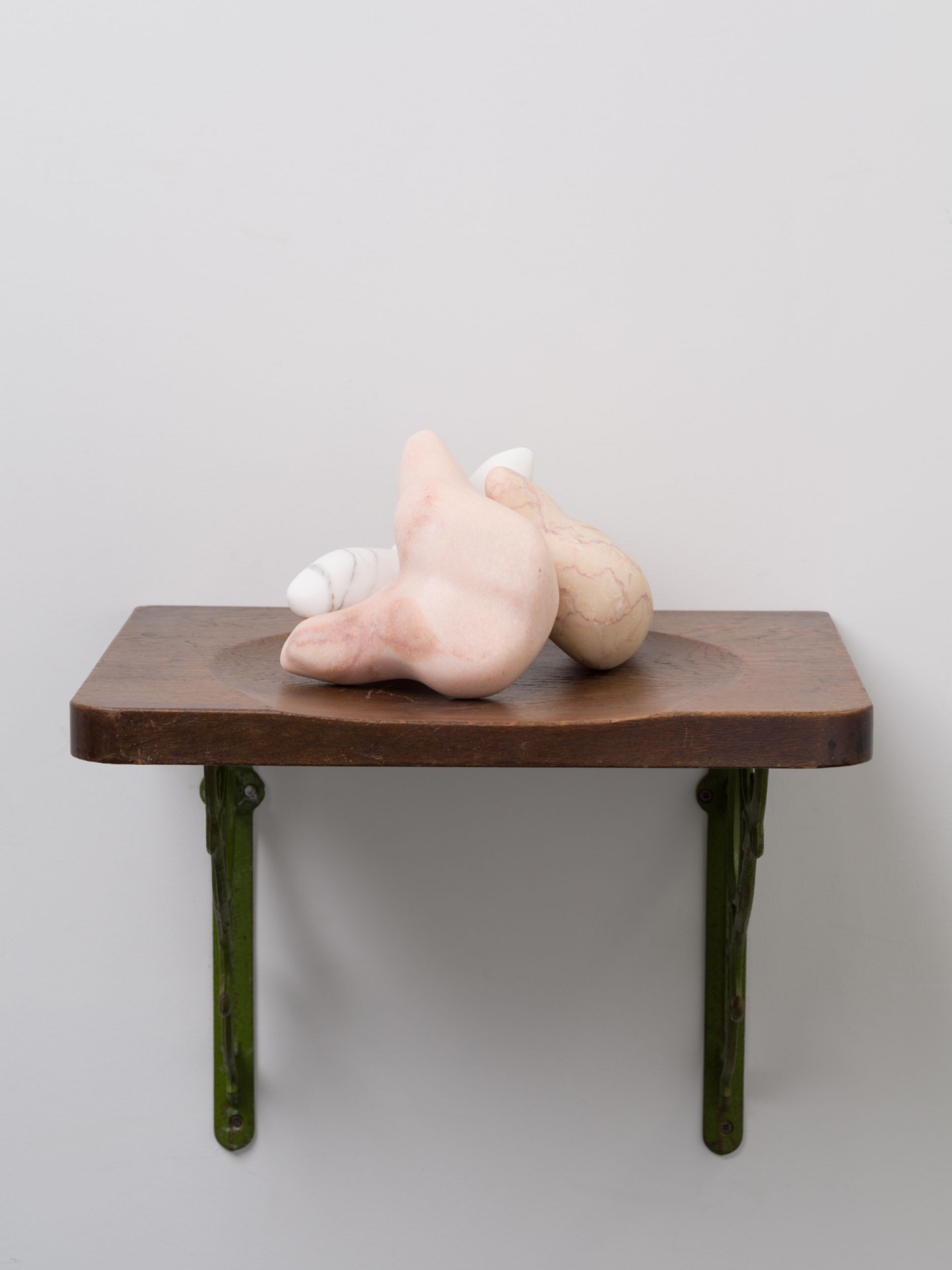
- Title
- Rain Forest II
- Year
- 2024
- Material
- Marble, wooden shelf
- Size
- 47.5 x 40 x 32 cm
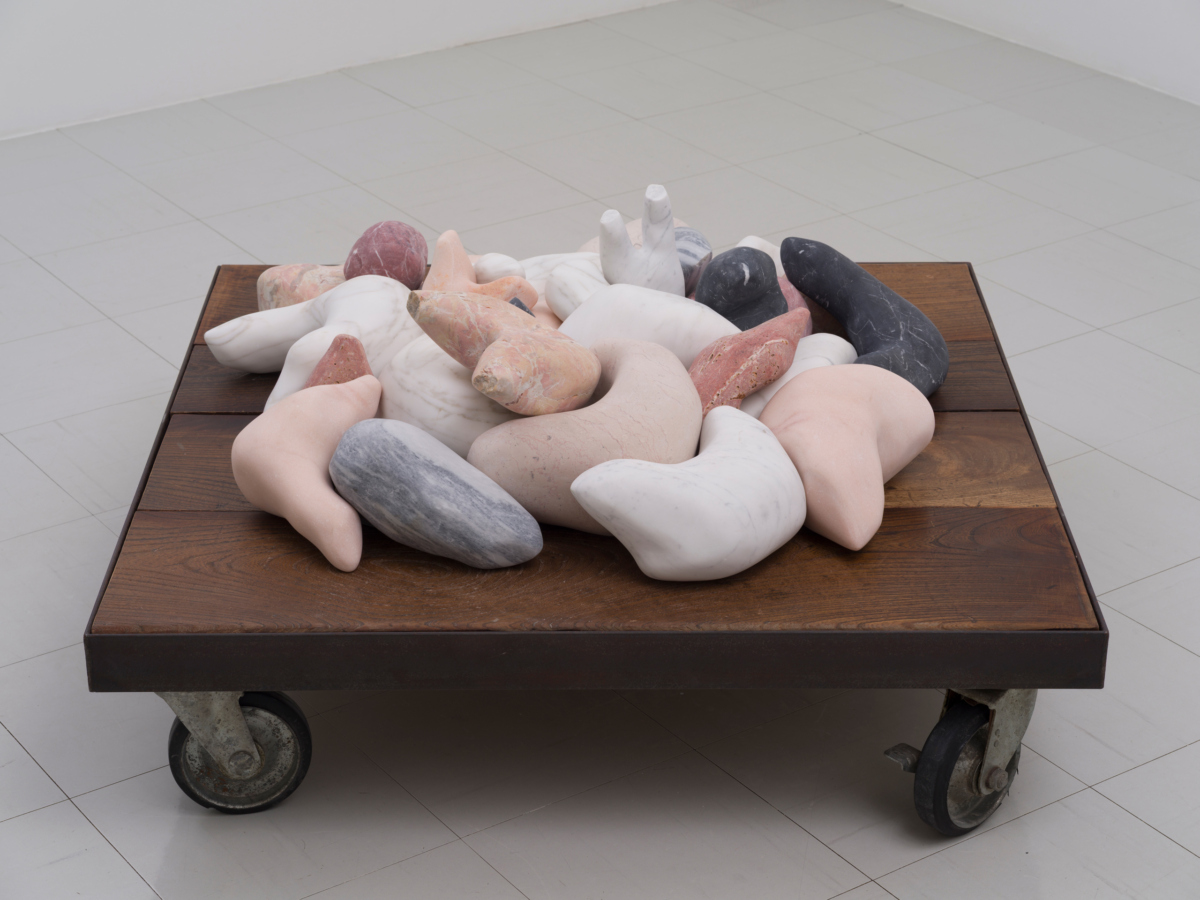
- Title
- Rain Forest I
- Year
- 2024
- Material
- Marble, iron, keyaki wood, caster
- Size
- 52 × 101 × 101 cm
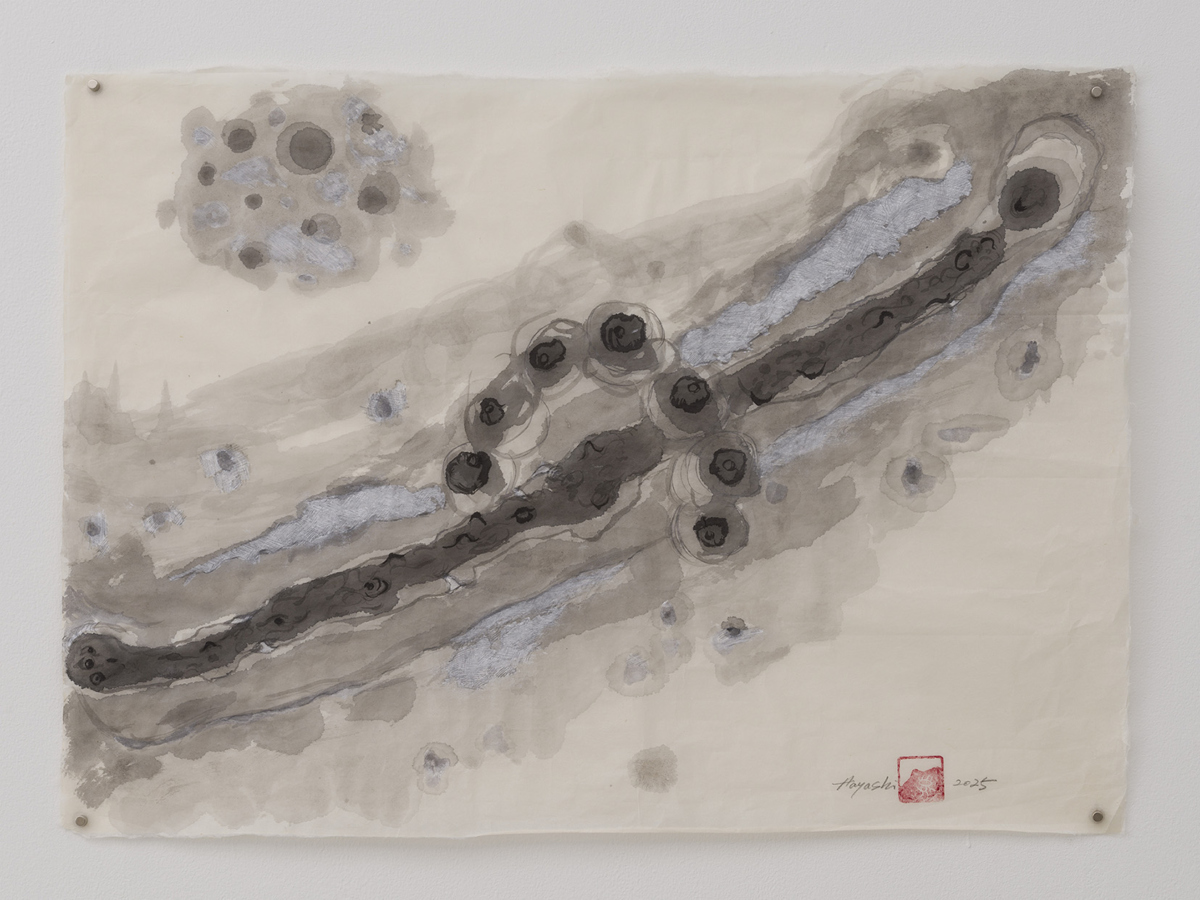
- Title
- Drawing to Straddle the Rain
- Year
- 2025
- Material
- Washi paper, sumi ink, pigment, pencil
- Size
- 50 × 70 cm
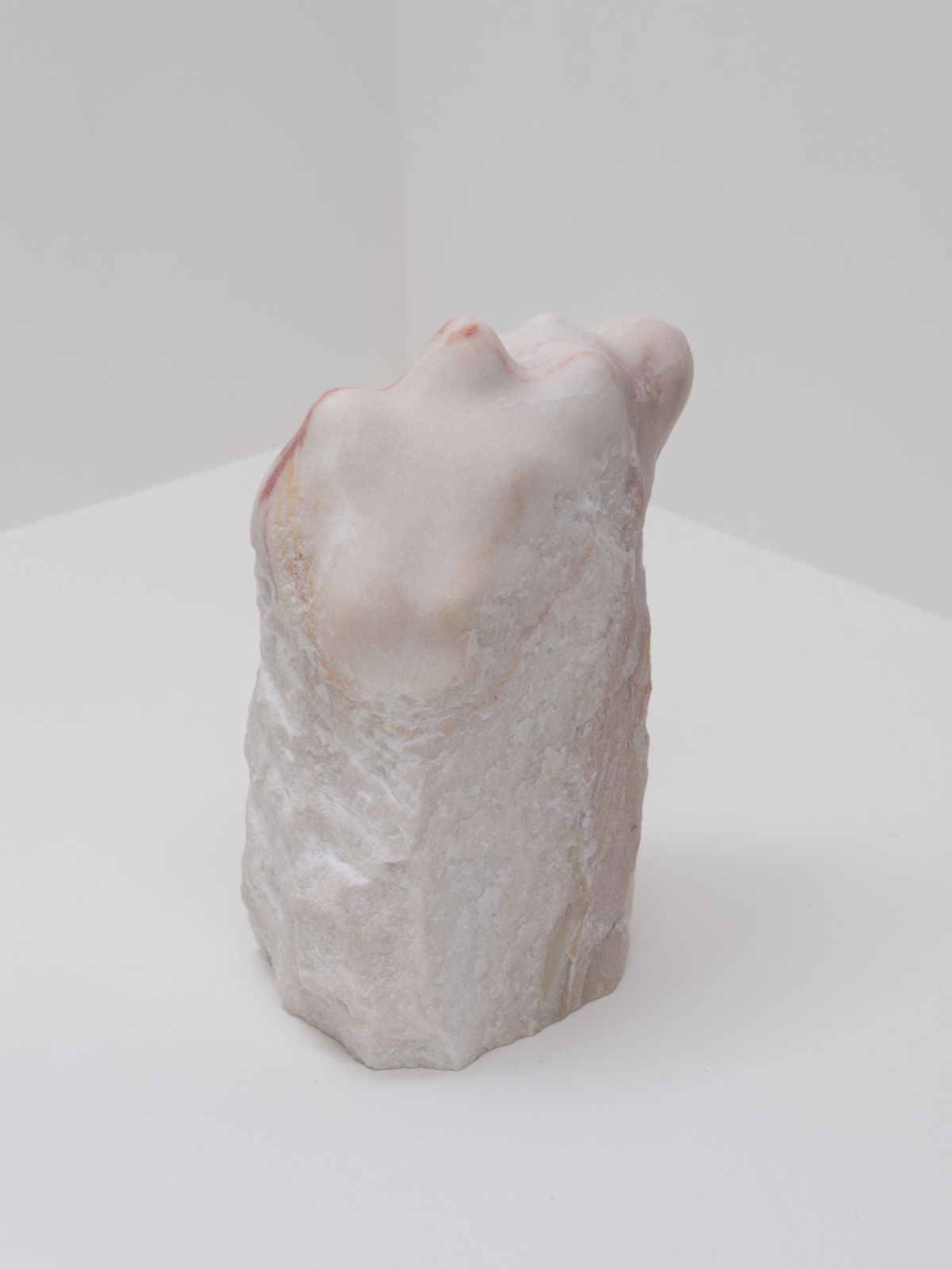
- Title
- For the Rain in the Garden I
- Year
- 2025
- Material
- Marble
- Size
- 38 × 16 × 23 cm
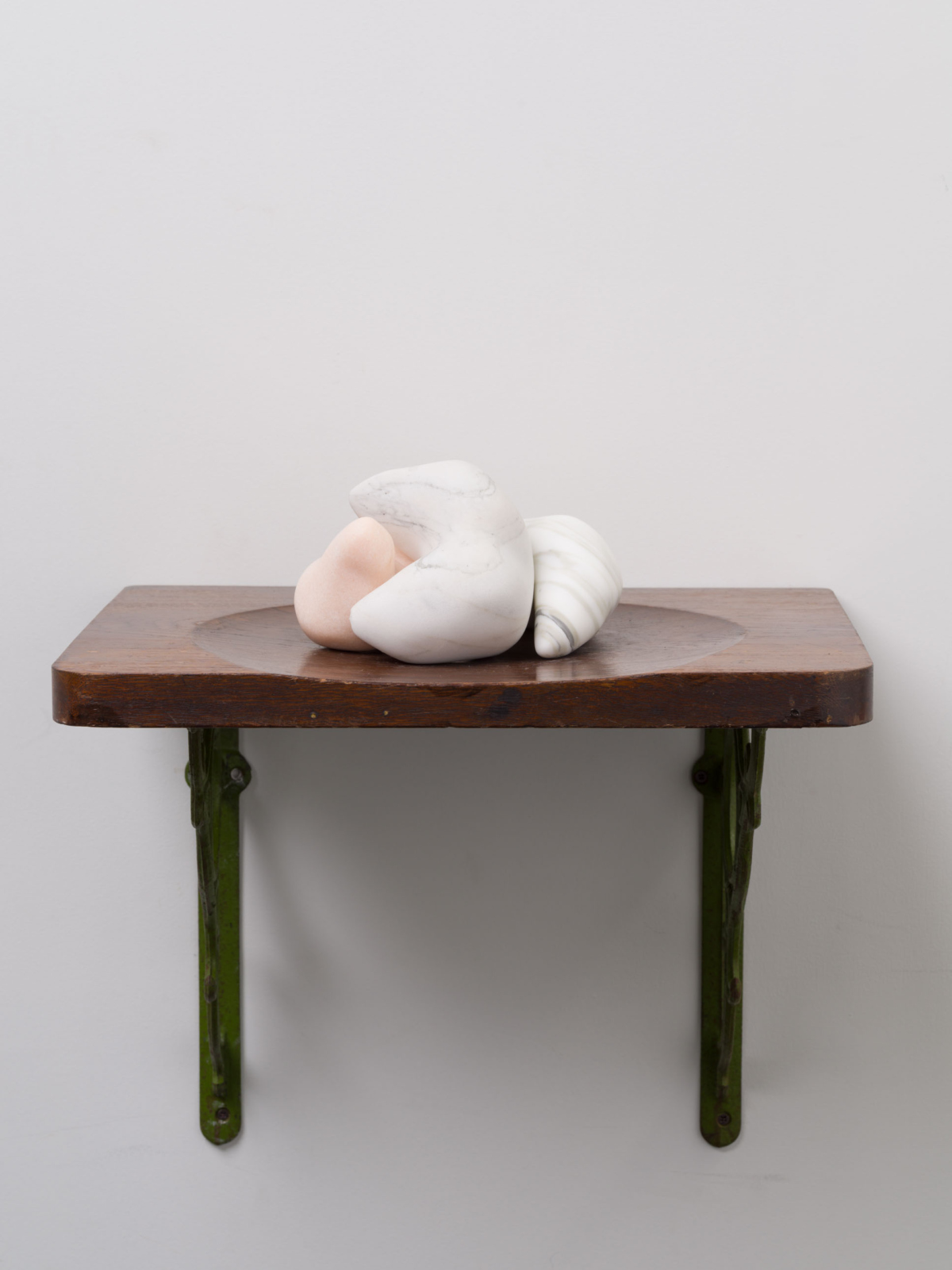
- Title
- Rain Forest III
- Year
- 2024
- Material
- Marble, wooden shelf
- Size
- 43 x 40 x 32 cm
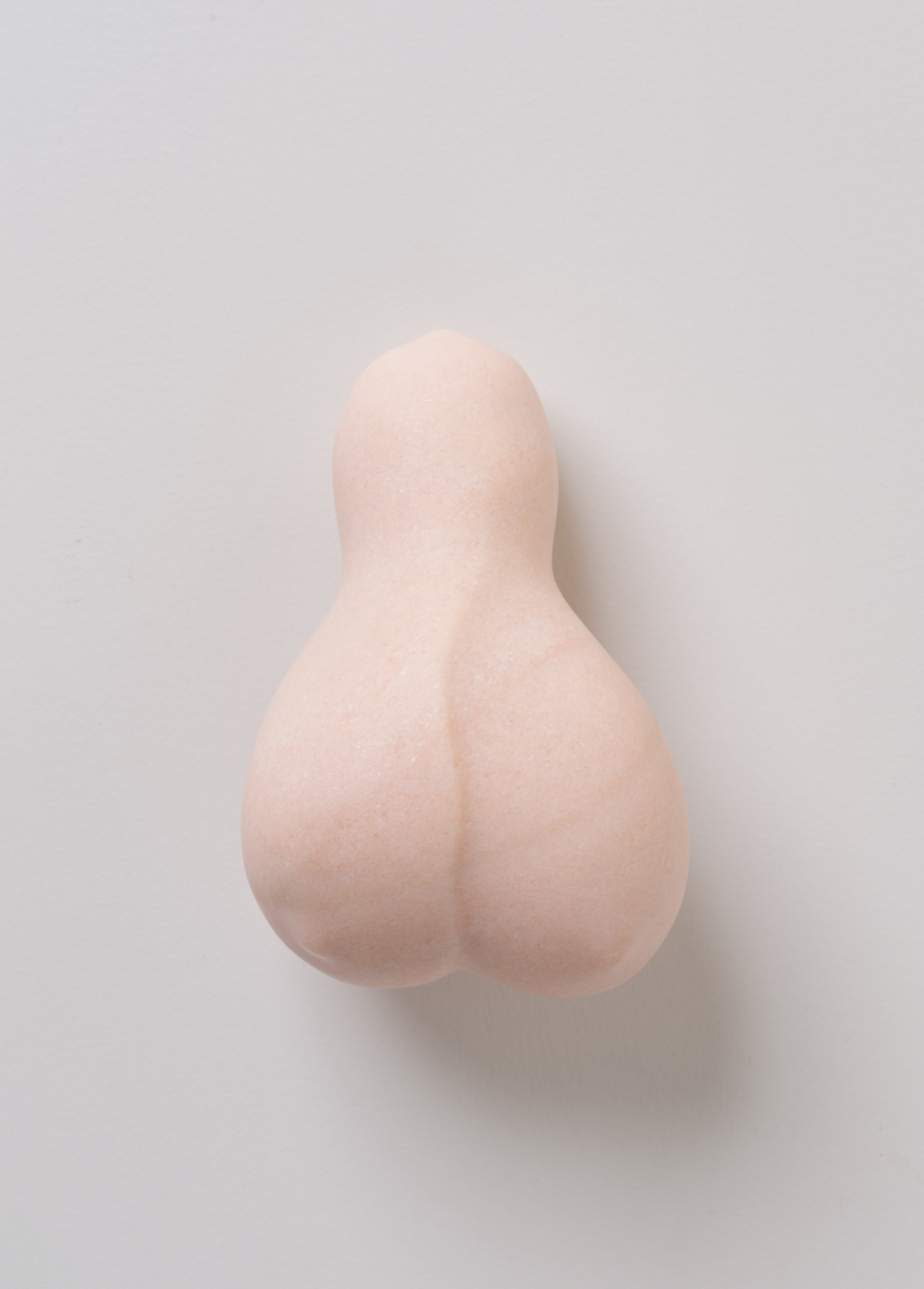
- Title
- Cherry Blossom Rain
- Year
- 2024
- Material
- Marble
- Size
- 18 × 12 × 10 cm
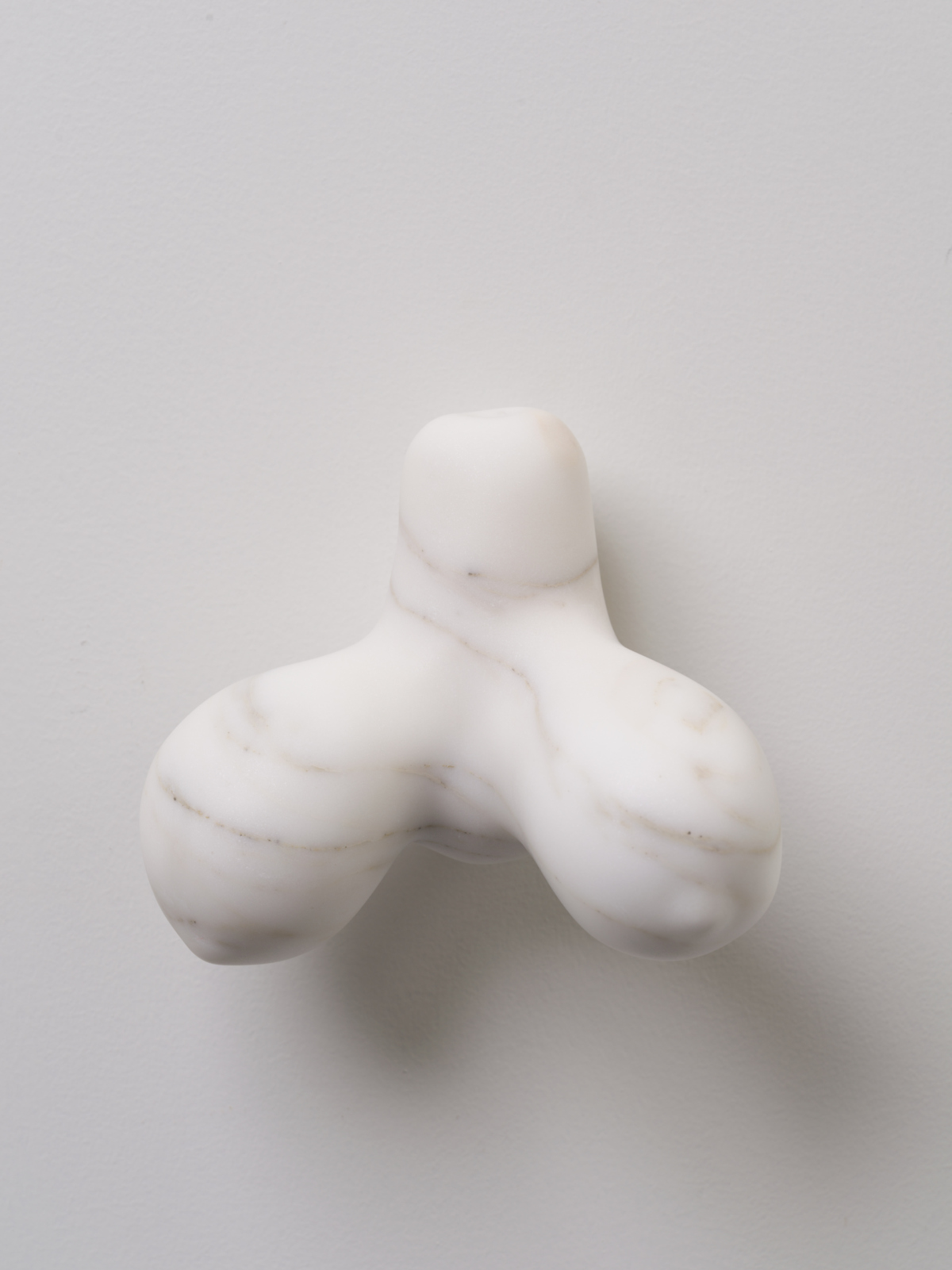
- Title
- Sound of Rain
- Year
- 2024
- Material
- Marble
- Size
- 12 × 14 × 14 cm
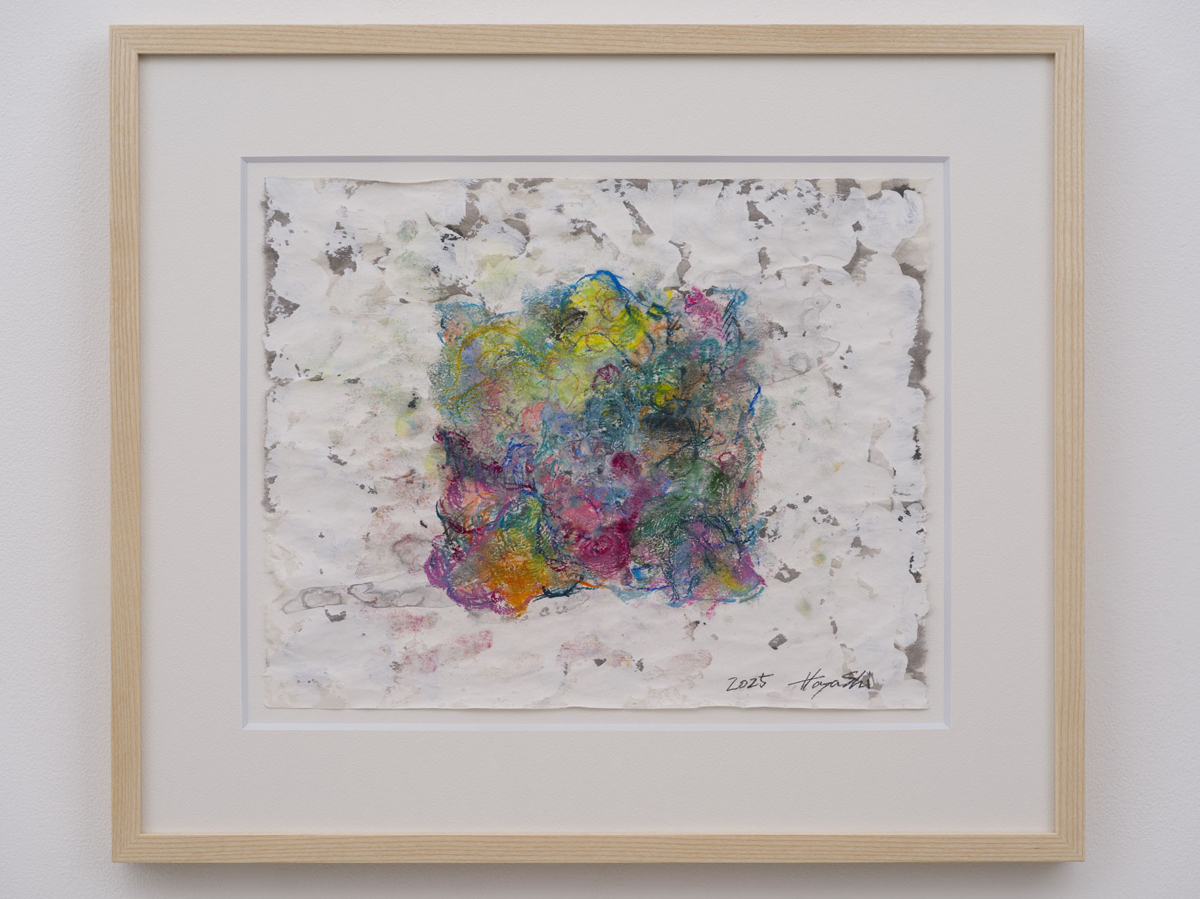
- Title
- Rain Forest Ⅴ
- Year
- 2025
- Material
- Washi paper, sumi ink, gesso, pastels
- Size
- 27.5 × 35 cm
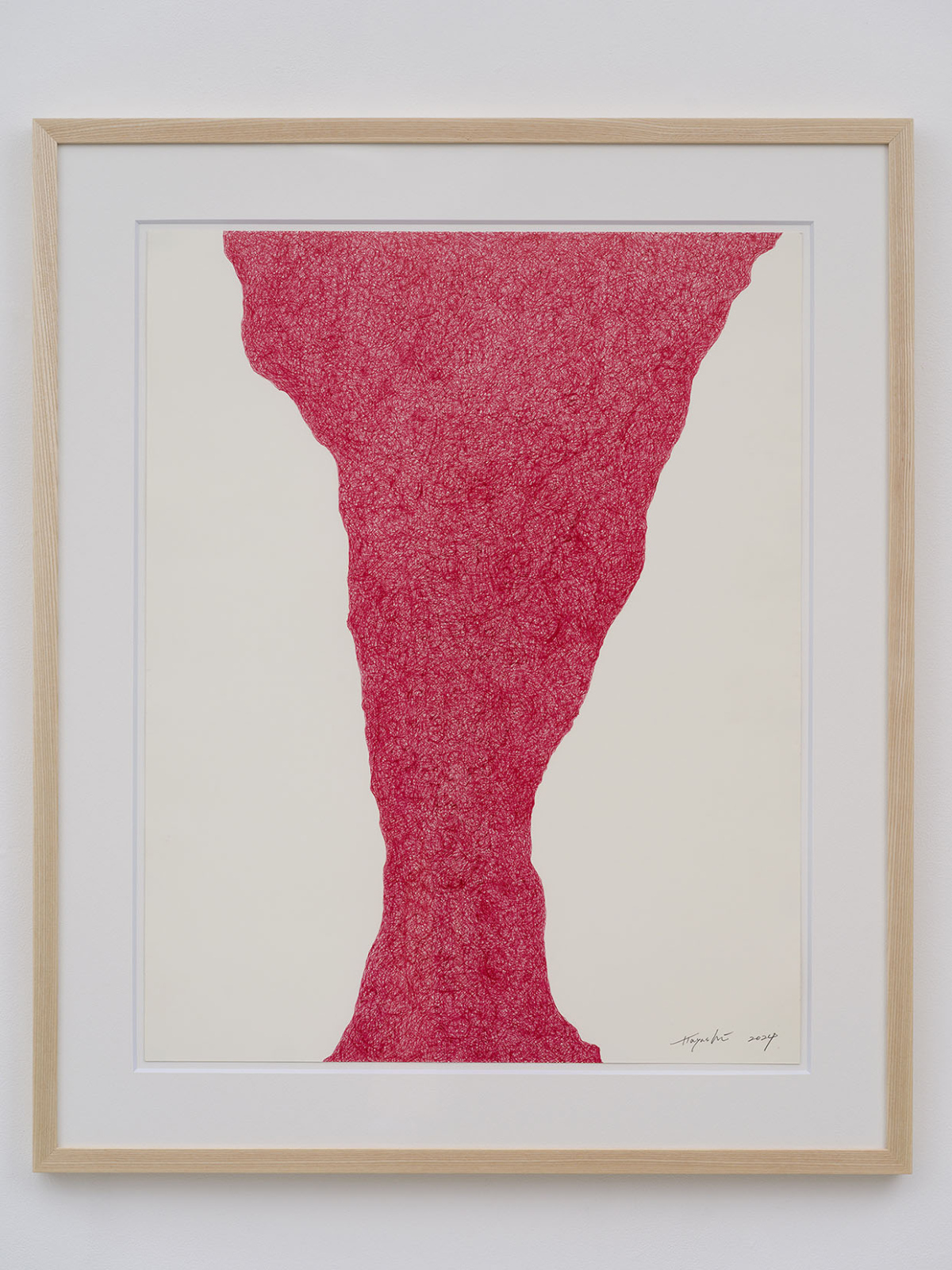
- Title
- Straddling the Rain
- Year
- 2024
- Material
- Paper, pen
- Size
- 54.7 × 69.2 cm
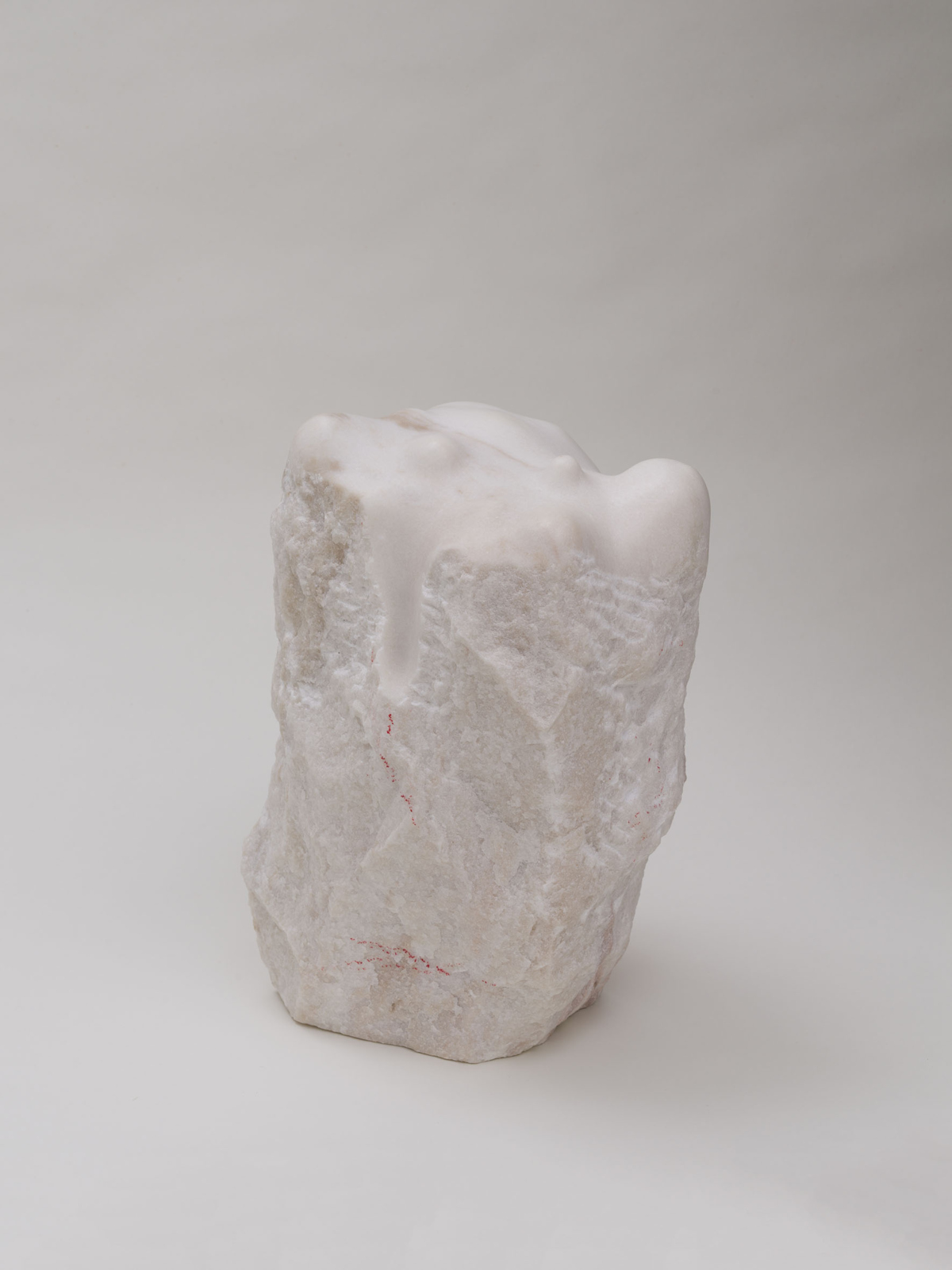
- Title
- For the Rain in the Garden II
- Year
- 2025
- Material
- Marble
- Size
- 43 × 25 × 20 cm
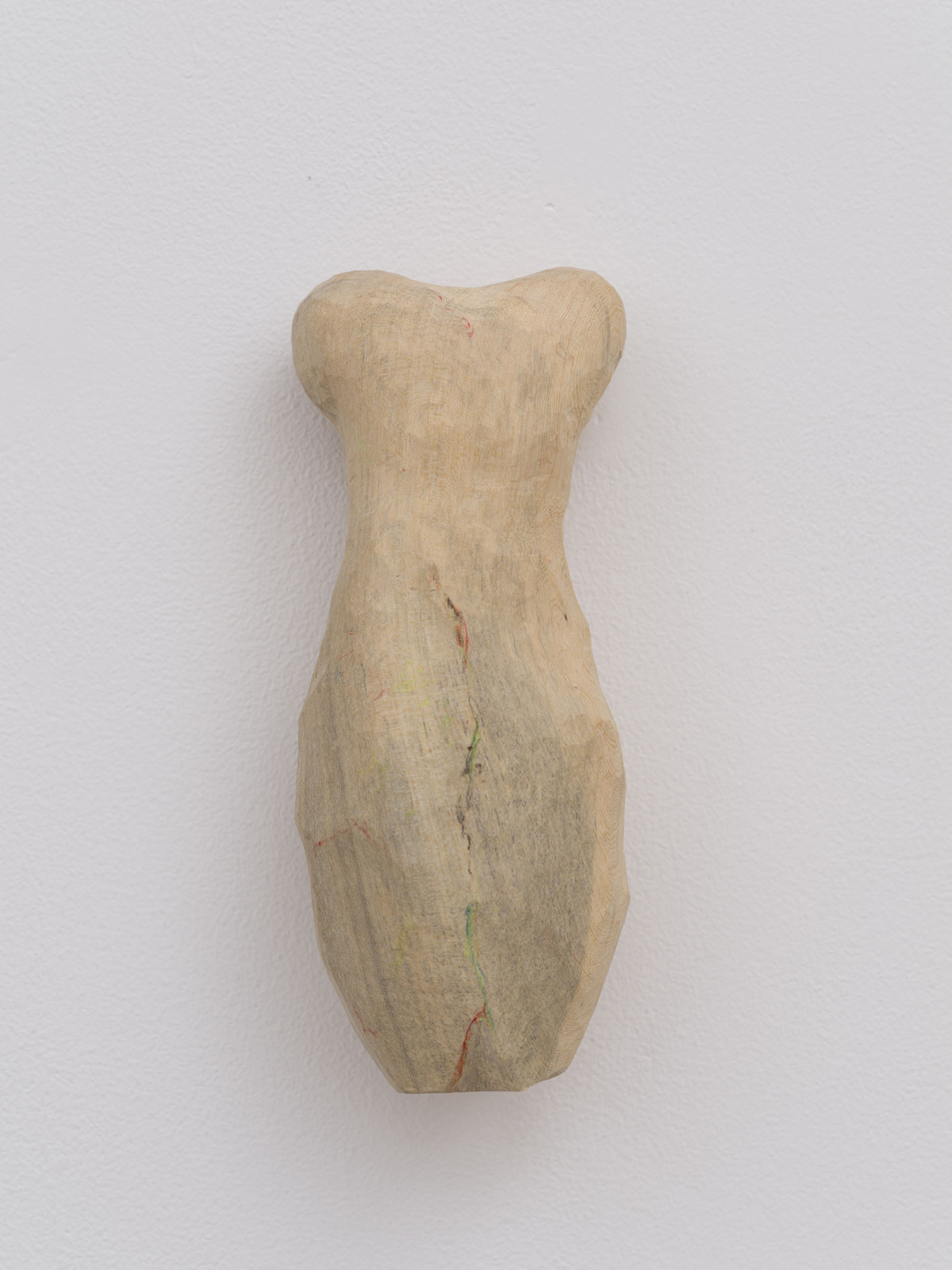
- Title
- Fukugi cicada
- Year
- 2025
- Material
- Fukugi wood
- Size
- 18 × 7 × 5 cm
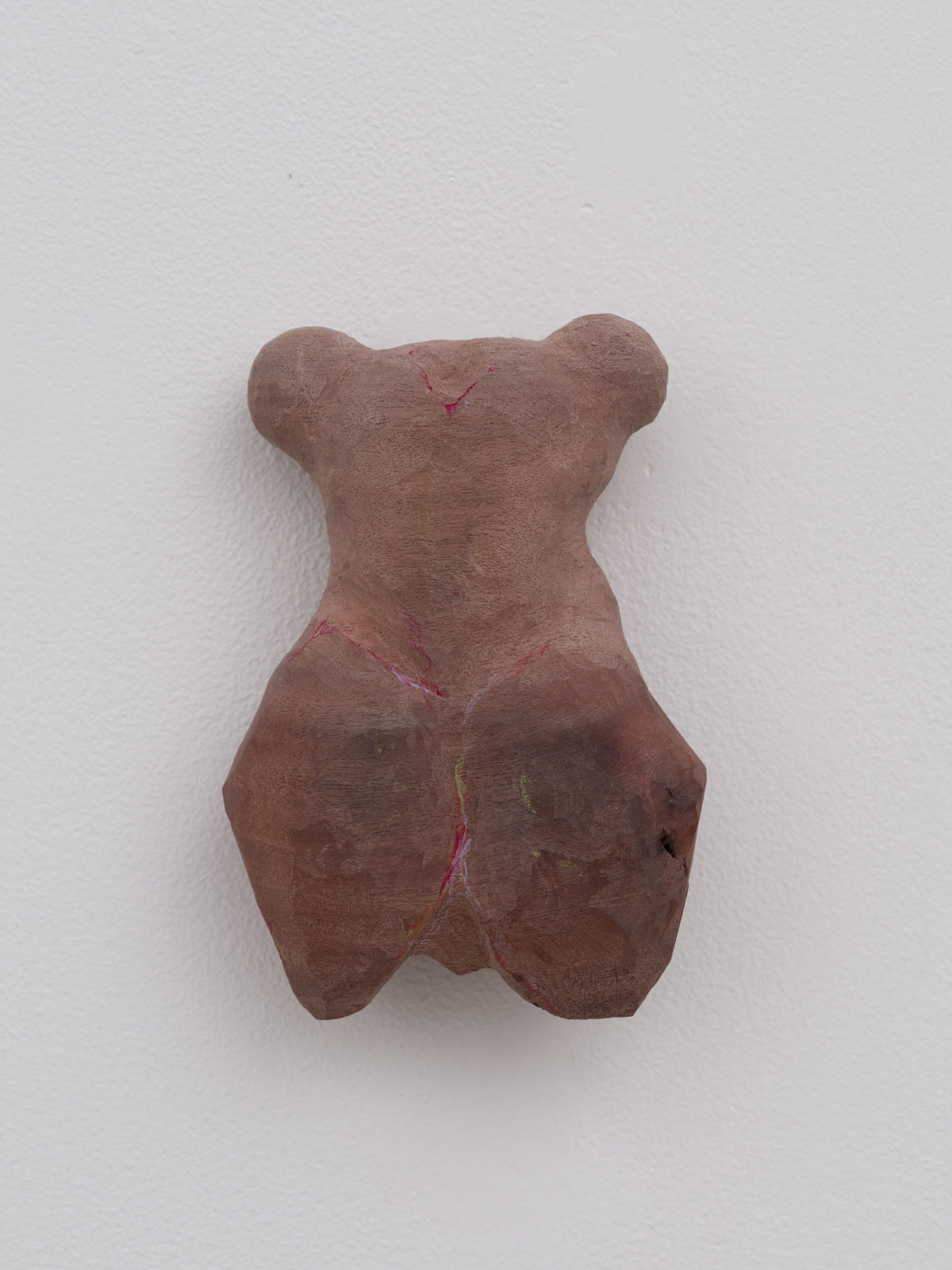
- Title
- Akagi cicada
- Year
- 2025
- Material
- Akagi wood
- Size
- 12.5 × 8 × 3 cm
Takeshi Hayashi
Takeshi Hayashi was born in 1956 in Gifu Prefecture. After completing his graduate studies at the Tokyo University of the Arts, he stayed in Paris as a Ministry of Education, Culture, Sports, Science, and Technology (MEXT) overseas research fellow from 1998 to 1999. In 2024, he retired as a professor in the Department of Sculpture at the Tokyo University of the Arts. In 2012, he won the Enku Award at the 6th Enku Grand Award Exhibition for Daichito Kyomei – Sozono Genfukei (Earth and Resonance – the Root of Creation). Hayashi's artistic activity involves taking stones of varying sizes and shapes, and arranging them so as to explore the relationship between the stones, as well as the relationship between the stones and the space that surrounds them.
Learn More
